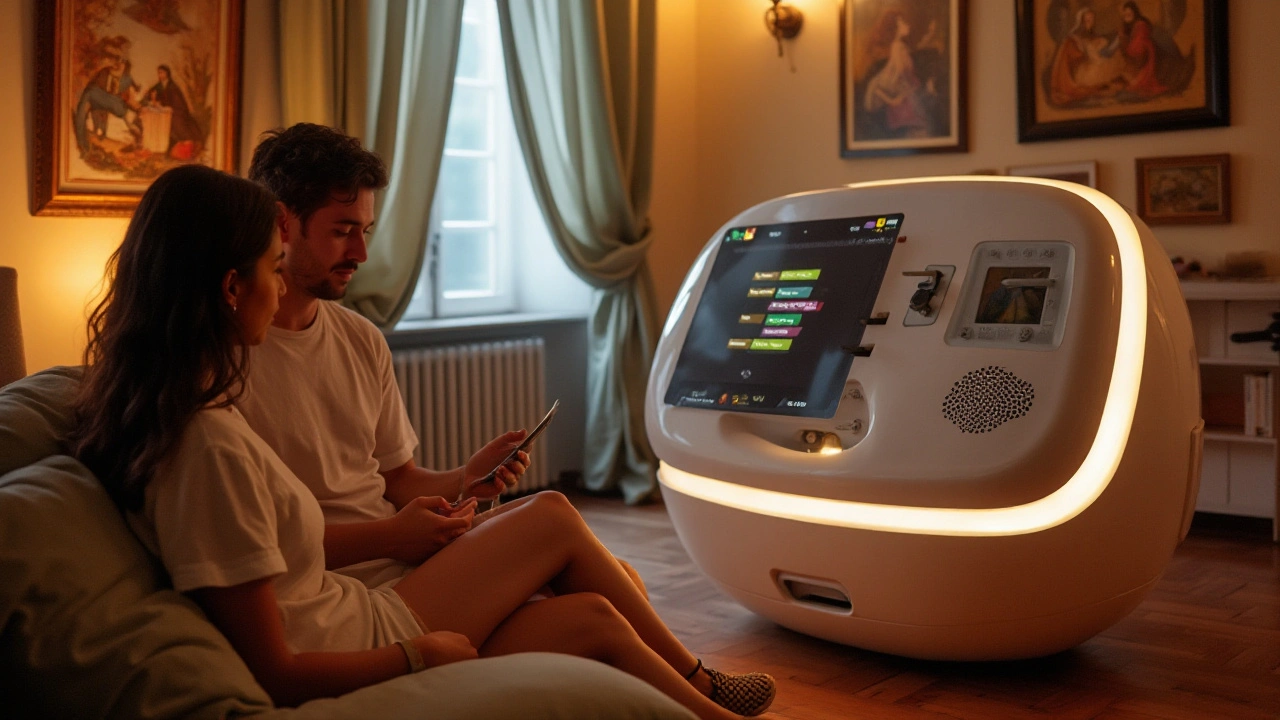Lymphatic Drainage Massage: A Practical Approach to Lymphedema

Understanding Lymphedema and Its Impact
Before we dive into the subject of lymphatic drainage massage, it's essential to understand what lymphedema is and how it affects the body. Lymphedema is a long-term medical condition that causes swelling in the body's tissues. This happens when the lymphatic system, which is responsible for getting rid of waste and toxins from the body, doesn't work effectively. The condition can be quite uncomfortable, leading to pain and reduced mobility in the affected areas. It's important to note that while there's currently no cure for lymphedema, there are ways to manage and alleviate the symptoms, one of which is lymphatic drainage massage.
What is Lymphatic Drainage Massage?
Lymphatic drainage massage is a specific type of therapeutic massage that stimulates the lymphatic system, promoting the flow of lymph fluid. This technique uses gentle, rhythmic pressure to encourage lymph flow and aid in its natural drainage from the body. The massage primarily focuses on specific lymph nodes and points of the body, as these are areas where lymph fluid accumulates. The aim is to aid the body in removing waste and toxins more efficiently, therefore reducing the symptoms associated with lymphedema.
Benefits of Lymphatic Drainage Massage
There are numerous benefits to lymphatic drainage massage, especially for those dealing with lymphedema. The primary benefit is the reduction of swelling and discomfort. By stimulating the flow of lymph fluid, this massage can help to reduce the buildup of fluid in tissues, thereby reducing swelling. Additionally, this massage technique can help to boost the immune system, promote relaxation, and improve overall health and well-being. It's also important to note that while lymphatic drainage massage can be a beneficial treatment for lymphedema, it's also a proactive measure for maintaining overall good health.
How is Lymphatic Drainage Massage Performed?
The process of lymphatic drainage massage is a gentle one, with the therapist using light, rhythmic strokes to stimulate the flow of lymph fluid. The massage is typically performed on a massage table, with the client either partially or fully unclothed, depending on comfort level and the area to be treated. The therapist will apply light, rhythmic strokes and movements along the lymphatic pathways, focusing on areas with lymph nodes. The session can range anywhere from an hour to an hour and a half, depending on the individual's needs.
Who can Benefit from Lymphatic Drainage Massage?
While lymphatic drainage massage is particularly beneficial for individuals suffering from lymphedema, it's not limited to just those individuals. Anyone looking to improve their overall health and well-being can benefit from this type of massage. It's particularly beneficial for those dealing with a weakened immune system, stress, or fatigue. It can also aid those recovering from surgery, as it can help to reduce swelling and inflammation, and promote healing in the body.
Is Lymphatic Drainage Massage Safe?
Generally, lymphatic drainage massage is considered safe for most people. However, there are certain conditions where this type of massage might not be recommended. Individuals with congestive heart failure, blood clots, kidney problems, or active infections should avoid this type of massage. As always, it's crucial to discuss any medical conditions with a healthcare professional before starting any new treatment or therapy.
Finding a Qualified Lymphatic Drainage Massage Therapist
When it comes to lymphatic drainage massage, it's essential to find a therapist who is trained and experienced in this specific technique. Not all massage therapists are trained in lymphatic drainage, so be sure to ask about their qualifications and experience. You can also search for certified therapists through professional organizations like the National Lymphedema Network or the Lymphology Association of North America. Remember, it's your health and well-being on the line, so don't hesitate to ask questions and do your research.





